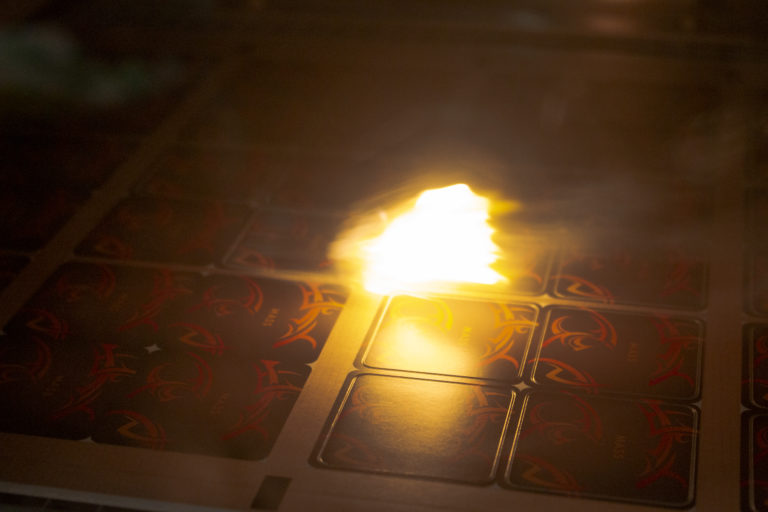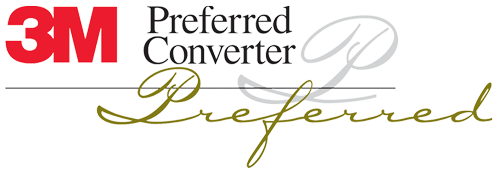Laser cutting gets a lot of attention for its ability to create precise and intricate cuts at a relatively low cost. That’s why it’s the one capability customers always request. Despite these benefits, laser cutting isn’t always a one-size-fits-all solution.
Laser cutting is used in place of metal blades or a custom metal die, using heat from laser light to cut into the material. The shape and dimensions are programmed into a computer, and software guides the movement of the beam, so ABLE can achieve the right shape and the right size, every time.
Laser cutting has many benefits in the creation of many types of converted parts.
Now that you know the advantages of laser cutting, is it always the best option? Despite its accuracy and tech forward features, laser cutting doesn’t always deliver the best results. Here are some of the reasons that would make die cut and rotary cut better options for your converter project.


ABLE was founded by Harold H. Martinez in 1974. He later explained that by naming the company “ABLE”. He wanted to convey his mindset to daily life and business. “ABLE” means skill, competence, and talent. That is precisely what he intended to deliver to his customers.
